The Loud & Proud: The biggest dental product launches and the people who made them happen in 2012
The innovators behind some of this year’s top product launches give us an inside look at what it takes to turn a vision into a successful dental product.
The innovators behind some of this year’s top product launches give us an inside look at what it takes to turn a vision into a successful dental product.
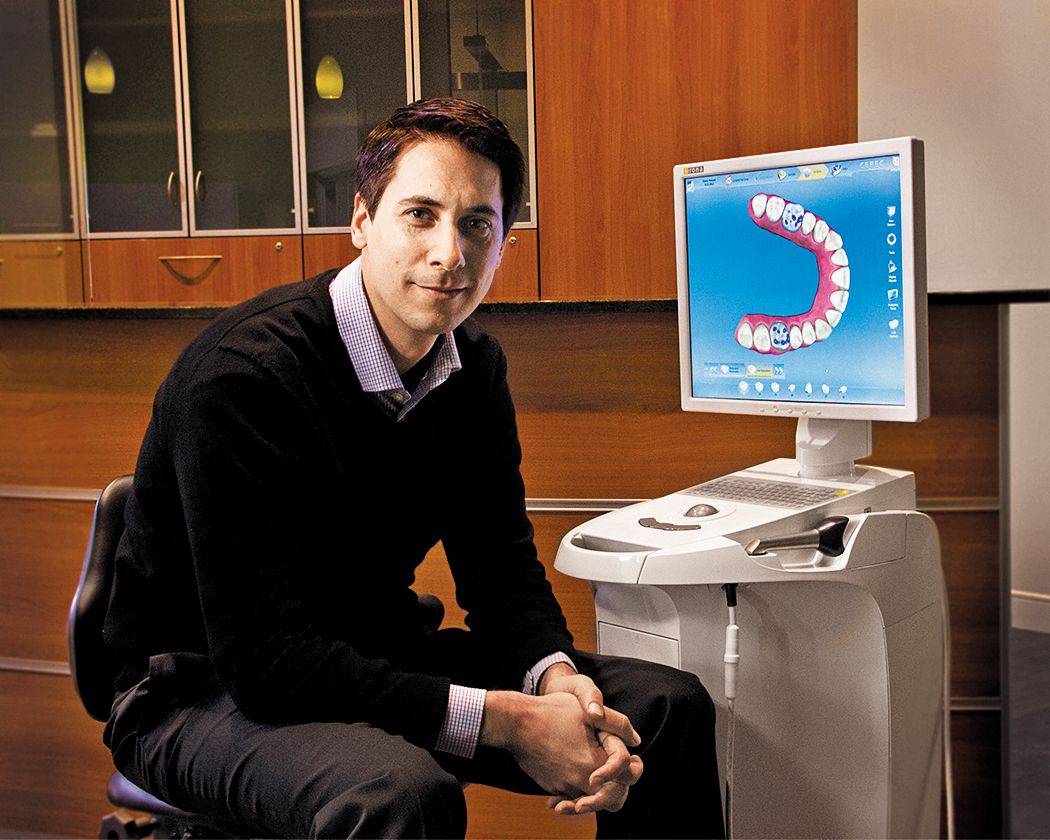
Sirona Dental Systems
Ingo Zimmer, CEREC Product Manager
Omnicam
In August Sirona Dental Systems unveiled an innovative product that changes the practice of oral image capture: the CEREC Omnicam.
CEREC Product Manager Ingo Zimmer said the idea for what he describes as a ground-breaking product came from Sirona’s Chief Technology Officer and the research and development team in Bensheim, Germany. Tasked with the challenge of designing a completely new 3D intraoral camera, the group worked to create a product that improved upon the CEREC Bluecam. The result was a more compact, faster-scanning, and truly powder-free camera.
“We believe it’s really a game changer in terms of the features that are available to the dentists,” Zimmer said. “For the first time ever, the lightweight camera is powder free, in full color and with continuous data capture. It has an incredibly small camera tip making it feel more like a hand piece. All of these features combined make the Omnicam extremely unique.”
Sirona has been in the business of developing advanced intraoral technology for more than 27 years, Zimmer said. The Omnicam is a significant advancement over earlier image capture devices thanks to its full color, continuous 3D intraoral data visualization, which allows for uninterrupted capture of the oral cavity as well as full arches and opposing definition.
“I was heavily involved in the project as the product manager here in the United States,” Zimmer said. “ I was in charge of all of the beta testing and working with the dentists to get feedback, then taking that feedback and working with R&D in making the product come alive.”
Zimmer went on to explain that though it wasn’t always easy, he loves the process and the ability to be involved and have influence on the product itself. Working with the R&D team and the doctors using the product to make it better and provide those doctors with a product that will make their jobs easier and their work more precise is very rewarding to him.
The impact of this product has been tremendous, and that impact was first seen at the CEREC 27-and -a- half anniversary celebration in Las Vegas where the product was officially launched before a crowd of more than 4,500 dental professionals.
“It was the biggest and loudest product launch in dental history, I would say, and the momentum has been amazing,” Zimmer said. “The feedback for this product is overwhelming because for the first time it really covers all the needs that the dentist has.”
The success of the Omnicam was instant and right out of the gate; this technology was met with nothing but support and enthusiasm from the dental community. Zimmer said he is very happy with the success of this product.
“Sirona continuously invests in improving dental technology, offering new products and elevating CAD/CAM to the highest level of clinical dentistry. It is a thrill to work for such a pioneering company.”
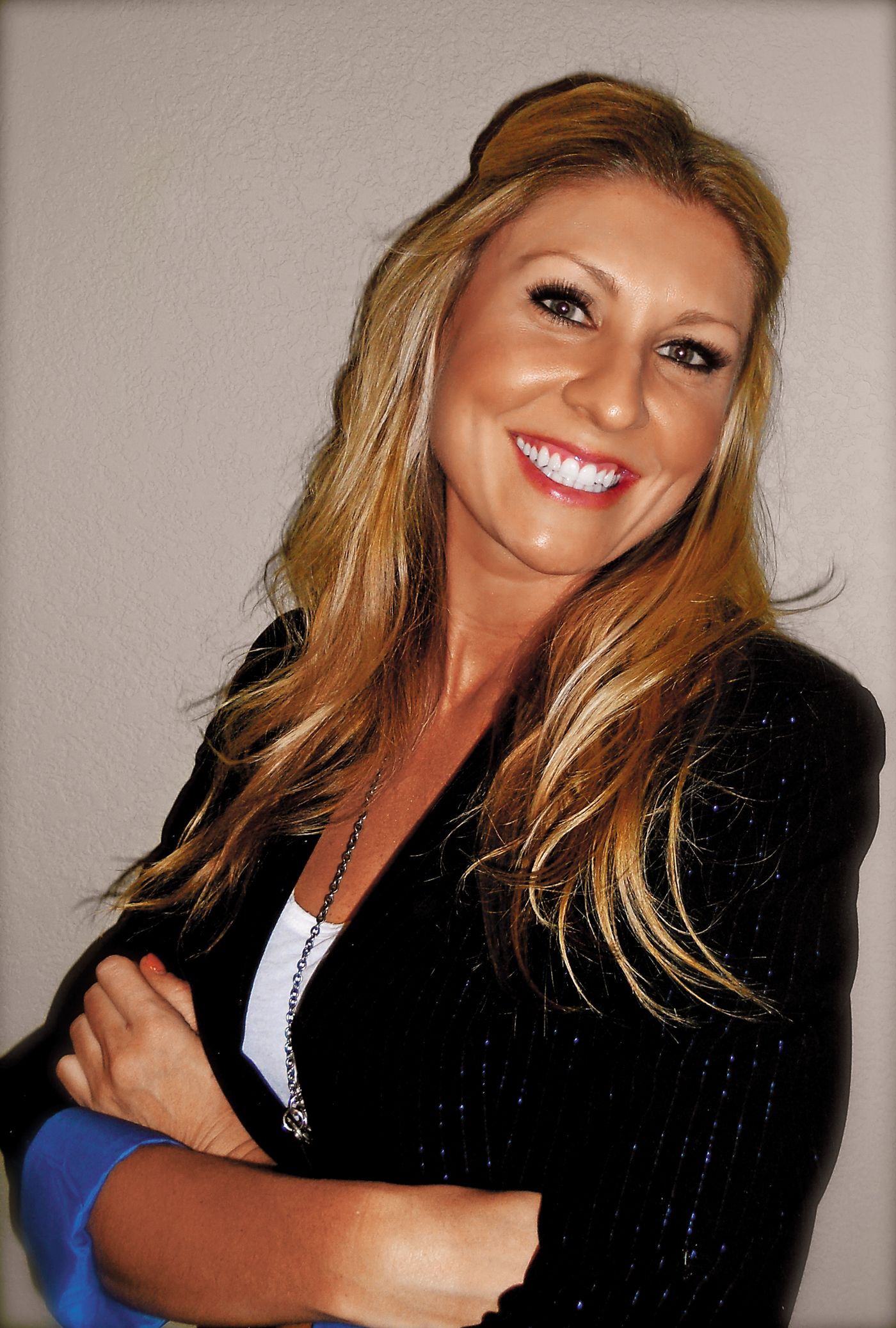
VOCOAmerica
Nicole Russell, North American Professional Relations Manager
Quick-Up Implant Pick Up material
The Quick Up Implant Pick Up material by VOCO America is a new concept in implant dentistry and according to VOCO’s Manager of Professional Relations, Nicole Russell, implant dentistry is a growing sector in the dental profession. On one hand the demand for implants has increased and on the other clinicians demand better materials to work with.
“The concept for this product came from a need to have an easier and safer way to do pick-ups with over dentures,” she said. “The biggest fear for most clinicians is that they lock the attachment permanently to the implant, which puts them in an awkward situation with the patient and a costly recovery of that situation. So we developed a product with a new quick pick-up technique to resolve this clinical problem.”
The Quick Up material is a new technological concept to the dental world. It makes the pick-up procedure much safer, cleaner and faster. The tissue colored, low-heat material has high bond strength and allows for the pick-up of any attachment while avoiding the accidental locking of dentures with implant parts. It cuts the procedure time in half and sidesteps issues like tissue irritation, vent hole preparations and excess material removal. In the past clinicians either gave the case to a lab, used self-curing acrylic, reline or pick-up materials. Quick Up is comprised of self-cured and light-cured components together with a specific fast setting block out silicone called Fit Test for a complete chairside system.
Russell entered the project when it came time to test the material with dentists and practitioners in real time. She got together a group of key opinion leaders to use the product and provide their opinions to VOCO.
“We gave them the material so they could get their hands wet, try it out and tell us from a practitioner’s standpoint what works, what doesn’t work, how to improve it and give honest feedback. Essentially evaluate it for us from a clinical standpoint,” Russell said.
The most difficult part of the process for Russell has been the variety of factors that had to be taken into account based on each critique received by the evaluators.
“If you have 100 dentists, we’ll say for number purposes, and they all practice dentistry in different ways and you give them one product to try, you have to try to harness all of that feedback and make it into something effective because you now have multiple opinions on same product,” she said. “So the hardest part is then trying to fine tune the responses based on the majority and deciding if it will work and how it will work.” Luckily on Quick Up they all agreed it was a step forward that makes the pick-up procedure much safer, simpler and faster.
What makes it all worth the work, Russell said, is having the chance to work with people who truly love what they do and are in it for the greater good of dentistry.
The trend in dentistry is moving toward more implant work done by more GPs and that means teaching more general practitioners the art and practice of implants.
“When you can put a product like this in the hands of all the teachers, it can really change the direction of dentistry,” she said. “Because the average dental practice is based on what they learn.”
Quick Up has had rapid success and has been well received by the dental community, and though it’s a new technology the team at VOCO is seeing nothing but triumph for this step forward. VOCO is very active in the teaching sector. We have monthly live CE webinars with very accredited lecturers. Furthermore we support about 100 live courses throughout North America on different topics. I would highly recommend viewing the archived free CE webinars about Quick Up and Implants with Dr. Priest and Dr. Patel on our dedicated learning webpage, vocolearning.com.

Carestream Dental
Denika Smallwood, Product Line Manager
CS 1600 Intraoral Camera
The CS 1600 Intraoral Camera by Carestream Dental is the first multi-use intraoral camera to combine characteristics like high-quality images with liquid-lens autofocus technology, video screening, customizable audio and visual signals and an 18 LED illumination system to better detect, identify and communicate caries to patients, allowing practitioners to provide the highest level of care to their patients. Although it’s new, Carestream Dental’s Product Line Manager Denika Smallwood said this technology was a long time coming.
“The idea for this product was to meet a specific market need,” Smallwood said. “Our customers told us there was a need for a multi-use intraoral camera that could produce high-quality images and assist with caries detection. They provided great input and direction for the project. We listened and provided a solution to answer their needs”
The camera features fluorescent imaging with reflectance enhancement (FIRE) technology. An aspect exclusive to the CS 1600, this technology combines fluorescence and reflectance effects to swiftly and safely reveal abrasions in crevices and on smooth surfaces of the tooth. This enables dentists to communicate to their patients any prospective caries, clearly raising the likelihood of treatment acceptance. The images captured by the camera also can be saved in the patient’s dental records to track progression or regression of the caries over time.
“This product has had a huge impact on patient care by facilitating communication and enabling early detection of caries,” Smallwood said. “It’s opened up a channel between the practitioner and the patient that is ultimately beneficial to everyone.”
To Smallwood, the most challenging part of the development process has been working with a global cross-functional team to make sure everything in the product worked cohesively and was as simple and usable as possible. Carestream has a team of global experts that worked together to bring the CS 1600 to market.
“When you’re working with different people all over the world it makes communication a little bit difficult and it’s not always easy to streamline processes,” Smallwood said. “It takes a lot of collaboration and teamwork to get that done than it would if we were all in one place.”
The product has very well received by the dental world and its success has been rapid since its release in February, and its following keeps growing. Practitioners tend to give positive feedback, expressing their relief that such a product exists and their appreciation for its ease of use.
“There has always a need for better patient communication and better early detection and a better way of doing early detection,” Smallwood said. “It really takes the place of the other older processes and facilitates better work flow, and I think that has been a big factor in helping the product do well in the market.”
The CS 1600 was designed to be convenient for dentists to handle and use. The device is compact, lightweight and ergonomically designed to enable use easily and comfortably and is sharable between doctors within a practice. Over the coming months, Carestream plans to compile all of the feedback they’ve received about the CS 1600 and work to make their technology even better.
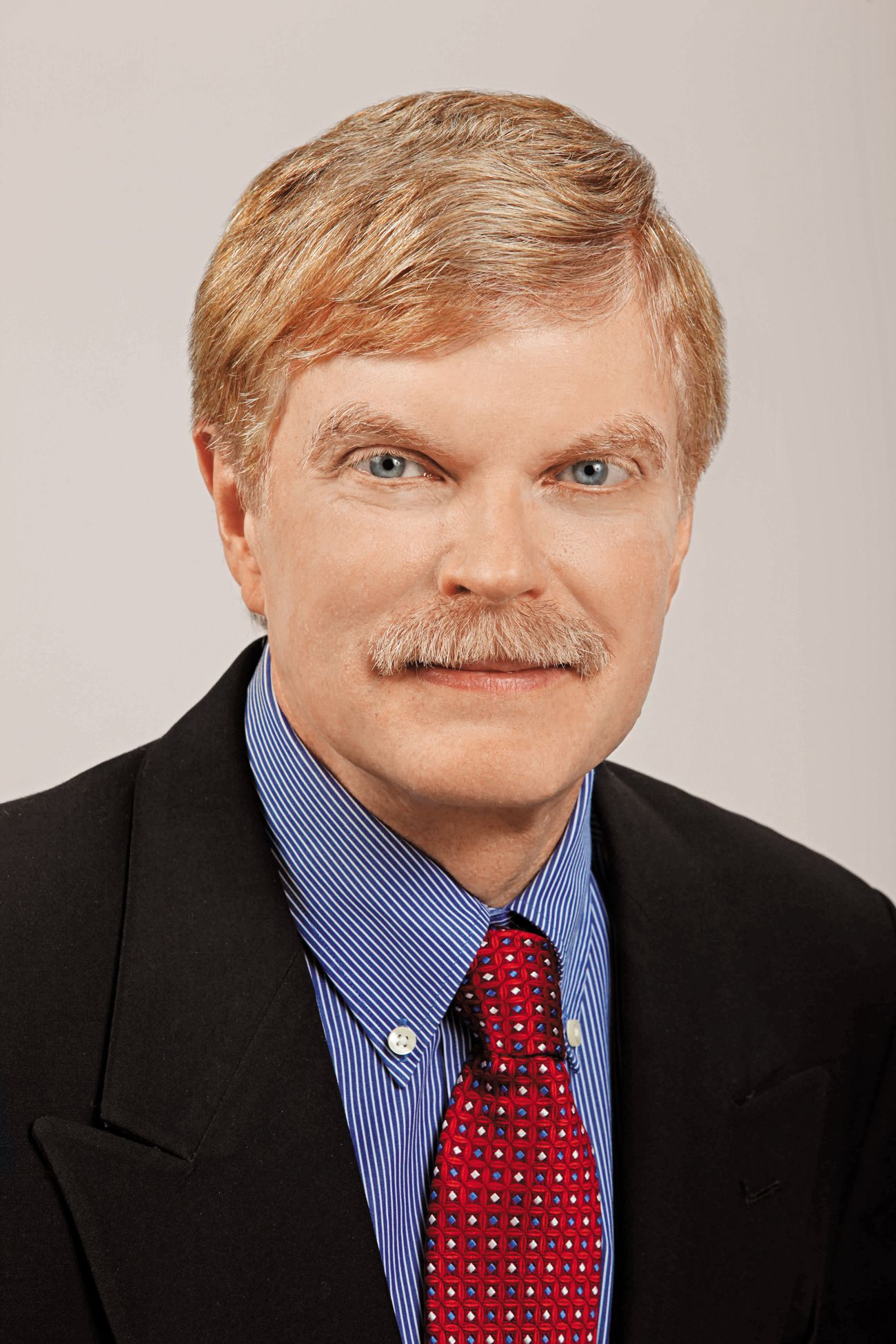
BISCO Inc.
Dr. Mark Cannon
TheraCal LC
TheraCal LC is a new light-cured resin-modified calcium silicate protective liner. It can be used under base replacements like composites, amalgams and cements in direct and indirect pulp capping. It is alternative to materials like calcium hydroxide, glass ionomer and other restorative materials in deep cavity preparations.
Dr. Mark Cannon, who helped develop this product with BISCO, said the idea for this was born out of dentistry’s frustration with the products available to protect the tooth’s pulp.
“We have had many products that have been based on less than substantial research, and the standard product that has been used for a substantial amount of time, a product that is based on calcium hydroxide, suddenly seemed no longer appropriate for routine use in dentistry,” Dr. Cannon said.
Materials like calcium hydroxide tend to develop micro-leaks, he said, exposing the tooth’s inner components to the oral environment and allowing for an ingrowth of bacteria and softening or dissolving the protectant or base layer. The vitality of the tooth pulp would be compromised.
To develop TheraCal LC, the research and development team started working with alkaline materials, which would encourage the re-mineralization of the tooth structure that had been softened by decay while hindering the growth of pathogenic bacteria.
Development began in the summer of 2000 when Dr. Cannon began to investigate the benefits of bioactive, hydrophilic, resin-based materials in pursuit of the best fit. After travelling to Brazil to conduct research on primates, Dr. Cannon realized the materials currently in use were not only inadequate, but were possibly carcinogenic; need for a biologically kind material became even more severe.
“At that point, we looked to come up with the exact right product for dentistry, and with TheraCal LC, I think we have that,” he said. “All the research that’s been done have all demonstrated the bio-compatibility of TheraCal LC.”
TheraCal LC creates a constant and resilient liner while shielding and protecting pulp, stimulating hydroxyapatite and secondary dentin bridge development and encouraging healing through the release of calcium. It also allows for the immediate placement and condensation of restorative material.
“The reason behind all this really is to find what is going to be best for patients,” Dr. Cannon said. “It is my fervid belief that dentistry is moving more toward bioactivity and toward materials that would not just restore the tooth but would increase the re-mineralization of the tooth and help modify the micro-flora of the mouth to create a healthier oral environment.”
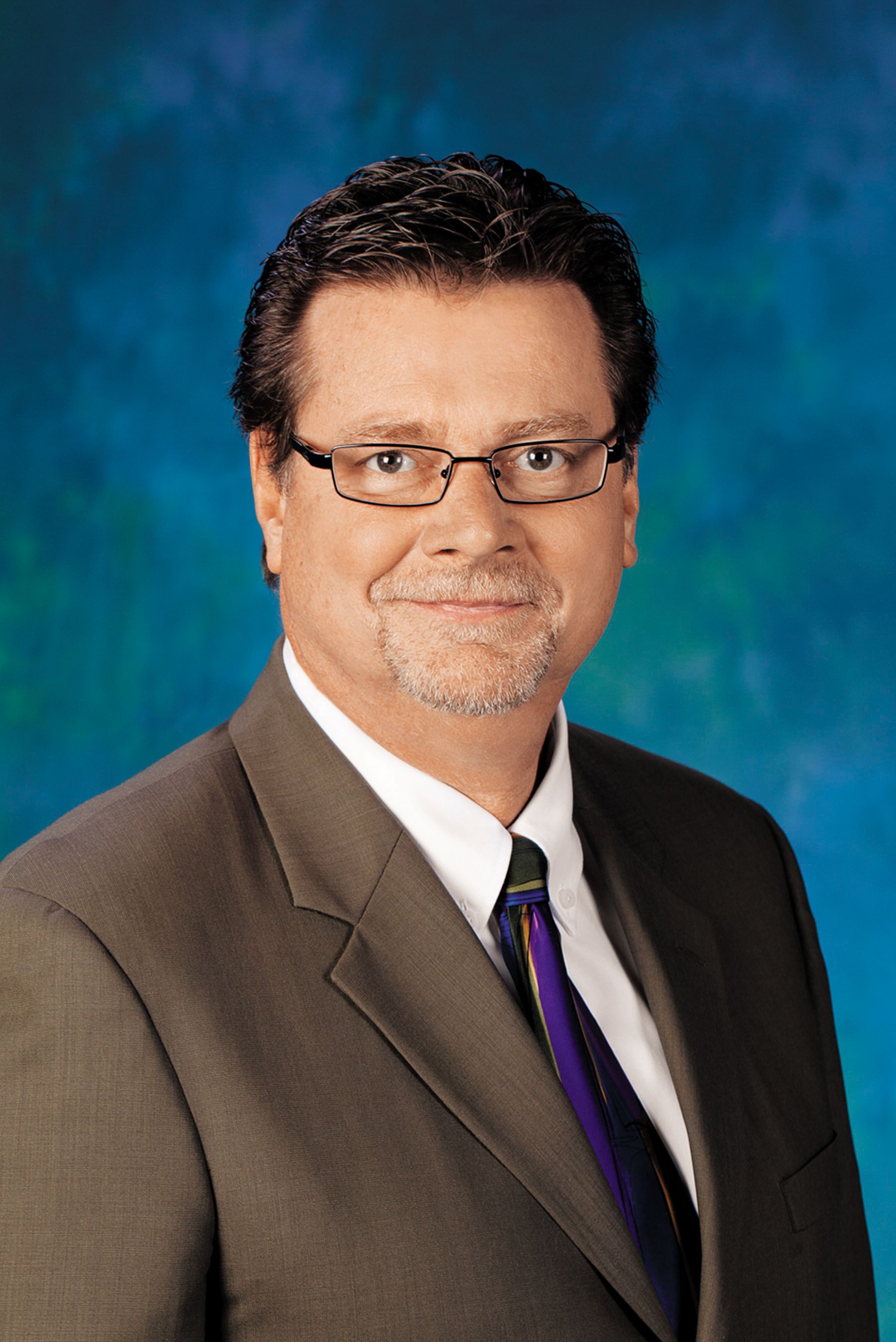
Glidewell Laboratories
Tim Torbenson, Director of Sales and Business Development
Tooth Replacement Solution
In 2009 Glidewell Laboratories began working on a project known internally as “Tooth in a Box,” a concept focused on how to best serve dental implant customers and patients, but the research and development team at Glidewell had to wait for the dental technology to catch up to their ambitious ideas. They we able to launch their Inclusive Tooth Replacement Solution in February after all the components, CAD/CAM processes and inclusive tapered implant were finally developed and fully tested. Glidewell’s Director of Sales and Business Development Tim Torbenson has been with the project from day one, and he is thrilled to see the product doing so much good.
“This forward-thinking strategy is designed to harness technology in order to bring comprehensive implant treatment to patients across the economic spectrum, providing exceptional quality at an affordable price,” Torbenson said.
To Torbenson, all the challenges his team ran into were worth the trouble simply because it gave them the ability to offer clinicians a comprehensive tool as well as offer implant therapy to more patients.
“I take calls daily from clinicians who convey their excitement about the opportunity to present more options to patients that involve implant-supported restorations due to increased predictability for the clinician and affordability for the patient,” he said.
The impact this product has had on the dental community is immeasurable. The Inclusive Tooth Replacement Solution gives practitioners simplicity, predictability and affordability that they were unable to get anywhere before. Torbenson said it offers dentists a more predictable result for the patients as well as a fee structure that facilitates the treatment of patients who would otherwise be unable to afford the treatment, and when these patients can’t afford certain treatments they’re forced into a less effective treatment plan.
“It provides a clinician the ability to compete with the big box implant stores that we now see advertise to the general public,” Torbenson said. “Our wide range of solutions for the partially edentulous or fully edentulous patient gives the upper hand to dentists who are trying to keep patients in their own practices.”
The project was originally called “Tooth in a Box” because the Tooth Replacement Solution comes in a well-organized box, with each necessary accouterment matched and fitted to each component, from the prosthetic guide to the matching custom impression copings, and a prescription for the final custom abutment and monolithic crown. Torbenson and his team put this concept together to streamline the process of implants while making the system easy to use and understand.
For the future, Torbenson hopes to keep improving and expanding the Tooth Replacement Solution along side his team at Glidewell as they continue to innovate for the greater good of dentistry.
“Glidewell, a dental laboratory, is leading the pursuit of technology and processes that will positively affect our industry on so many levels,” he said. “It is very exciting for me to be working in such a progressive environment where our focus is on improving the dentist’s and the patient’s total experiences.”
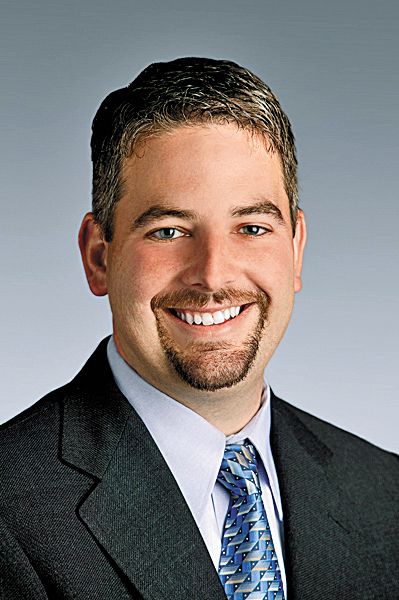
Zimmer Dental
Michael Collins, Vice President of Research and Development
Trabecular Metal Material
Trabecular Metal Material is not a new material for Zimmer Dental, but using this technology in dental implants is a new concept. The inspiration for the use of this material as an implant first came from its use by Zimmer for more than a decade in orthopedic devices. Zimmer’s Vice President of Research and Development Michael Collins has been with the project since the very beginning.
“The idea really came from the question of, how do we best utilize this technology in a dental space to solve the problems and honor the need in the market,” Collins said.
Trabecular Metal Material is made of tantalum, a corrosion resistant element with high biocompatibility. Collins said this material is the next best thing to bone thanks to its ability to achieve high levels of bone-to-implant contact and its porous, bone-like structure.
The most challenging part of the process has been the manufacture of the product. Collins said taking this technology from its use in orthopedic appliances and devices and working it down to something as small as a dental implant took a lot of trial and error, but to Collins those challenges weren’t completely unpleasant.
“It was actually quite a bit of fun to try and come up with those solutions,” he said. “Then it was good to watch clinicians use the product and watch how they all worked with it differently and to conceptualize the possibilities that trabecular metal could bring to dentistry.”
The Trabecular Metal Material was well received by the dental community, and after its initial period of release the clinicians who used the material had a lot of positive feedback to give the research and development team at Zimmer Dental.
“Obviously, a new technology has its ramp-up of acceptance,” Collins said. “But those clinicians who have used this in their practice are using it in a variety of different approaches and are really solving some unique patient needs that other products couldn’t solve.”
The impact of a product like this is large simply because it allows for many different doors to be opened. A product as versatile as the Trabecular Metal Material can mean new approaches to dentistry and procedures that until now posed a formidable challenge.
“It’s really opened up a lot of possibilities for unique solutions that really address patient needs,” Collins said. “I think clinicians have looked at what it can do today as well as what it will be able to do in the future with other applications of trabecular metal.”
3M ESPE
Jim Graham, Lab Manager
True Definition ScannerThe 3M™ True Definition Scanner is a technological breakthrough in dentistry. Not only does it make lab models obsolete thanks to its heightened accuracy, but it makes CAD/CAM dentistry accessible to many more dentists thanks to a small price tag that is breaking down financial barriers. Lab Manager Jim Graham has had his hand in this project since the beginning.
“Every stage of the product development life cycle is energizing in one way or another,” Graham said. “I get energized by the creativity and the ability to think outside the box. That’s one of the benefits of working with 3M, we work with technology across the company so early on you can be creative instead of restrained.”
In 2010, 3M took the existing CAD/CAM scanning technology and set out to recreate it so it would be more affordable to customers as well as more accurate and reliable in its performance. The True Definition Scanner was released in October, and its features are exceeding all expectations.
“When we first transferred the technology to St. Paul we were building a whole new team to develop this product. We learned how to enhance the existing technology as well as developed the next generation product to take it to the next level.”
The dental community’s reaction to the True Definition Scanner has been one of excitement and happiness. Graham said the dentists using the scanner are better able to communicate with patients their areas of concern and interest based on the results they get from the scanner.
So far the product’s success has hinged on several factors, including its reliability and durability. The device has no moving parts, not even a camera shutter. It provides the flexibility necessary for quadrant dentistry and the accuracy demanded for full arch dentistry. It also provides 3D video that makes it possible to capture and view an accurate model of the oral structure simultaneously, and it’s this accuracy that actually eliminates the need for a physical model. This technique saves dental labs time and labor without compromising the comfort of the patient or quality of the restoration.
“There was a lot of surprise when we took models out of the equation,” Graham said. “Some folks are doubtful because they like having the look, touch and feel of a model to work with, but we’ve enabled many cases in our field tests that have provided perfectly fitting restorations that are completely model free.”
Graham’s team has also incorporated cloud technology into the device to allow information and scan sharing from device to device to increase usability over a larger scale. Same-day dentistry is simple through an existing connection to the E4D Design Center and E4D Mill, and the intent is to establish additional partnerships in the near future, Graham said.
Looking forward, Graham hopes to continue improving upon the technology he and his research and development team at 3M created and to ensure the technology will make digital impressioning more available for patients and dentists.
“When you’re developing new technology the challenge is always to create something that isn’t difficult to transition to or adopt,” he said. “With our product you don’t have to worry about it, it just works.”
ACTIVA BioACTIVE Bulk Flow Marks Pulpdent’s First Major Product Release in 4 Years
December 12th 2024Next-generation bulk-fill dental restorative raises the standard of care for bulk-fill procedures by providing natural remineralization support, while also overcoming current bulk-fill limitations.